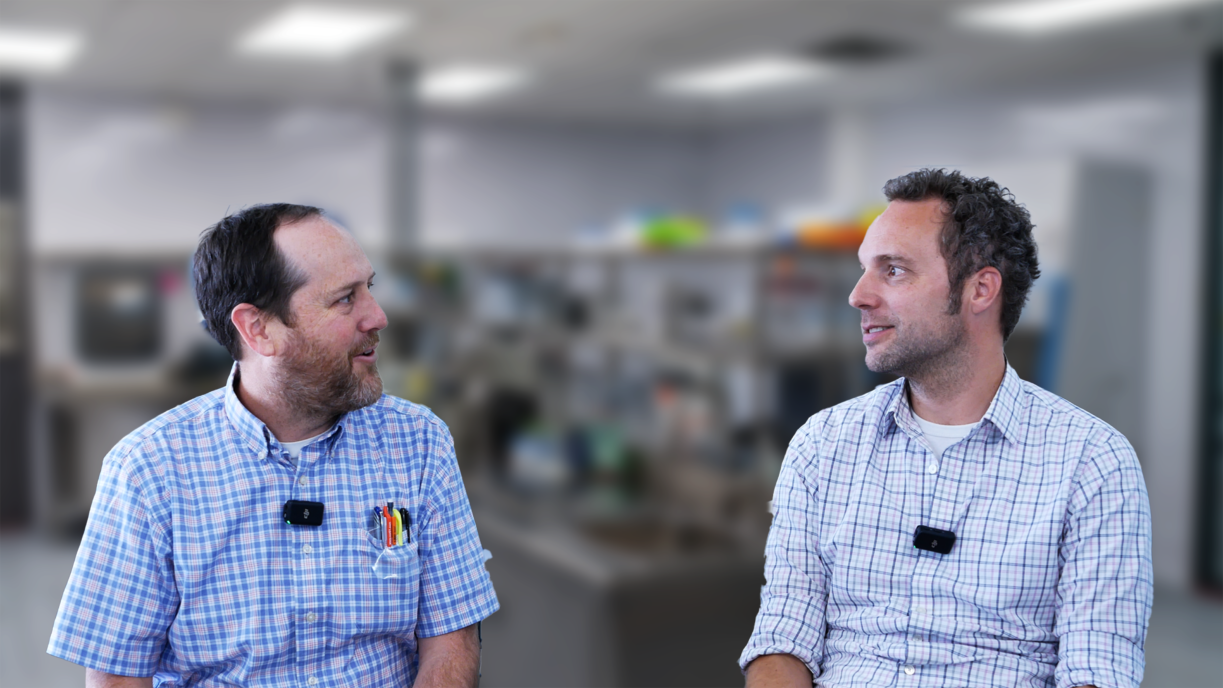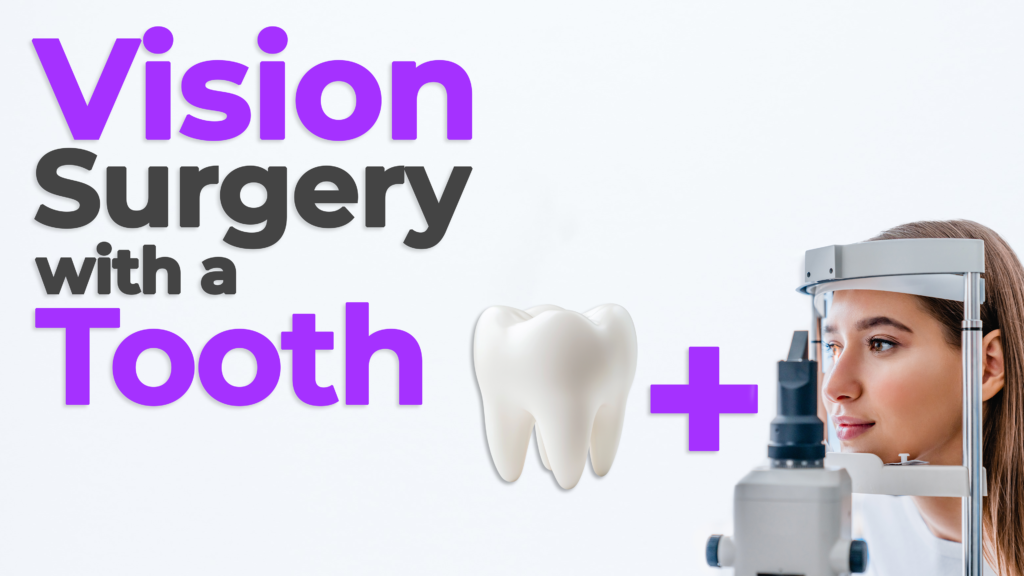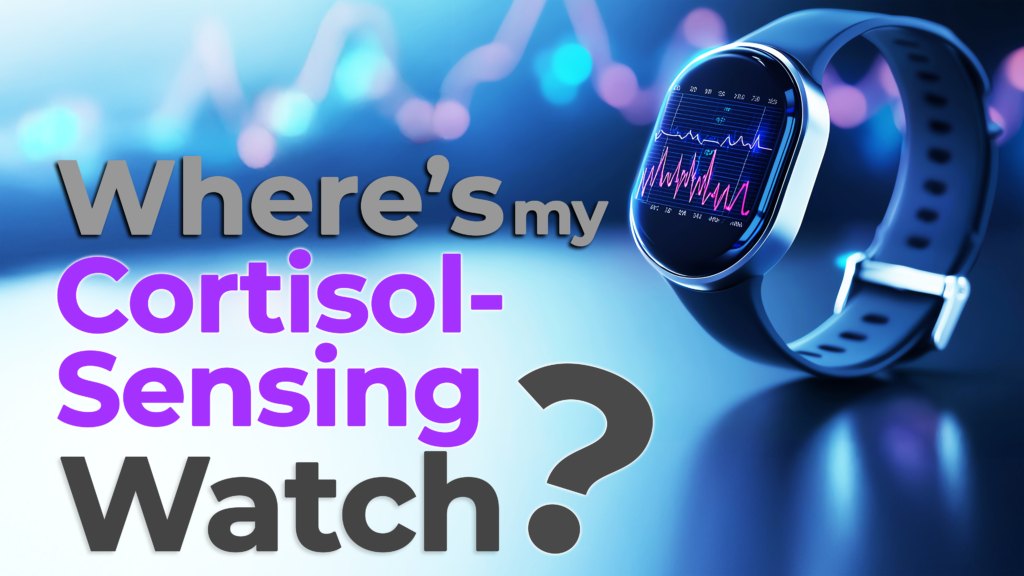
Bio Break: Understanding Limit of Detection and Limit of Quantification in Assay Development
Dive into the world of assay development with this informative episode of Bio Break, where Nick and Joris explore two critical concepts: Limit of Detection (LOD) and Limit of Quantification (LOQ). These terms might sound similar, but their implications for clinical diagnostics and medical devices are vastly different. Whether you’re an engineer, researcher, or product developer, this video sheds light on why both LOD and LOQ are vital in ensuring the precision and reliability of diagnostic tests.
Nick breaks down these acronyms, explaining how LOD refers to analytical sensitivity — essentially, how low your system can detect an analyte. Meanwhile, LOQ focuses on functional sensitivity, or how well the assay performs in real-world applications, considering variables like user handling, reagents, and diverse physiological conditions. With real-world examples, this discussion highlights the importance of understanding these thresholds to create accurate and effective diagnostic tools.
In this episode, learn about the rule of thumb engineers use to determine these limits: aiming for three standard deviations above the detection limit for LOD and a robust ten standard deviations for LOQ to ensure consistent results in practical settings. From engineering perspectives to real-world applications, Nick and Joris share insights that bridge the gap between theory and practice in assay development.
If you’re navigating the complexities of medical device or diagnostic development, this episode is a must-watch! With a focus on how engineering and functionality intersect in LOD and LOQ testing, you’ll gain actionable insights for your projects.
Key topics covered:
- What LOD and LOQ mean for assay development.
- Differences between analytical and functional sensitivity.
- The importance of statistical thresholds in diagnostic reliability.
Don’t miss out—watch now to elevate your understanding of assay performance metrics!
Understanding LOD and LOQ in Assay Development
Related Resources

In this episode of Bio Break, Nick and Joris dive into one of the most astonishing—and real—medical innovations we’ve ever come across: osteo-odonto-keratoprosthesis. Or, as Nick quickly dubs it, “tooth in eye surgery.”

In this episode of Bio Break, Nick Allan and Joris van der Heijden explore a critical but often overlooked topic in healthcare innovation: prevention. While most conversations about medical devices revolve around treatment, the duo shifts the focus to technologies that help people avoid hospitalization altogether. Preventive medical devices and diagnostic tools are quietly transforming healthcare by catching diseases earlier and reducing the need for invasive procedures.

In this episode of Bio Break, Nick shares one of his favorite discoveries in the world of infectious disease research — the groundbreaking discovery of Helicobacter pylori and its role in causing peptic ulcers. This fascinating story showcases how persistence, scientific curiosity, and innovative thinking can lead to discoveries that reshape medical science.

Nick and Joris tackle a question many tech and health enthusiasts have wondered for years: Where is my cortisol-sensing smartwatch? Nick shares a nostalgic story of reading about futuristic wearable technology in Popular Mechanics as a child — devices that would one day monitor biomarkers like cortisol to track stress and overall health. Now, decades later, he and Joris break down why such a wearable device still hasn’t become a reality.